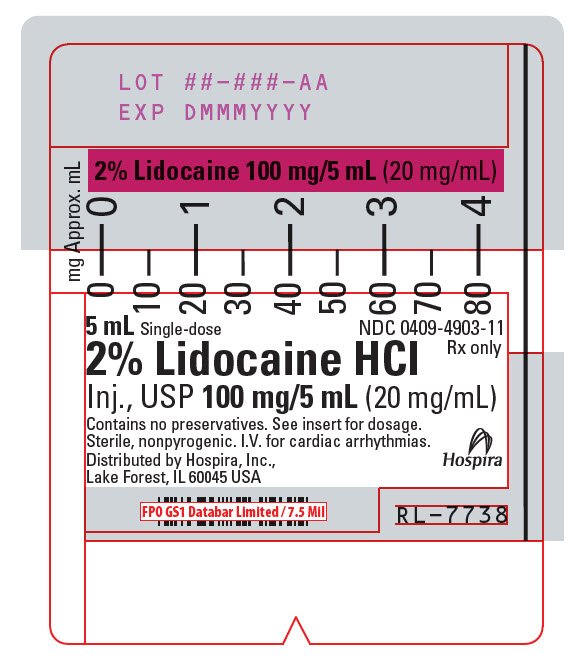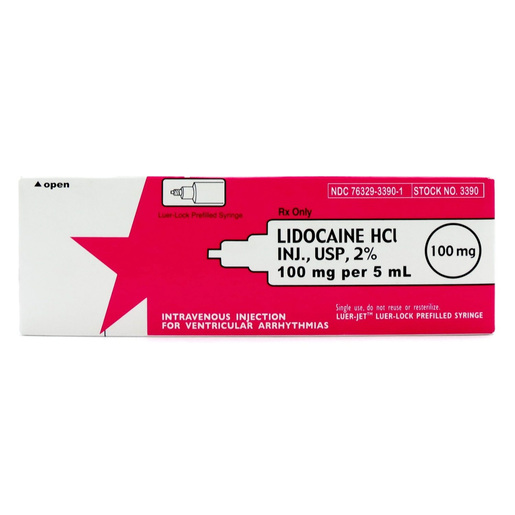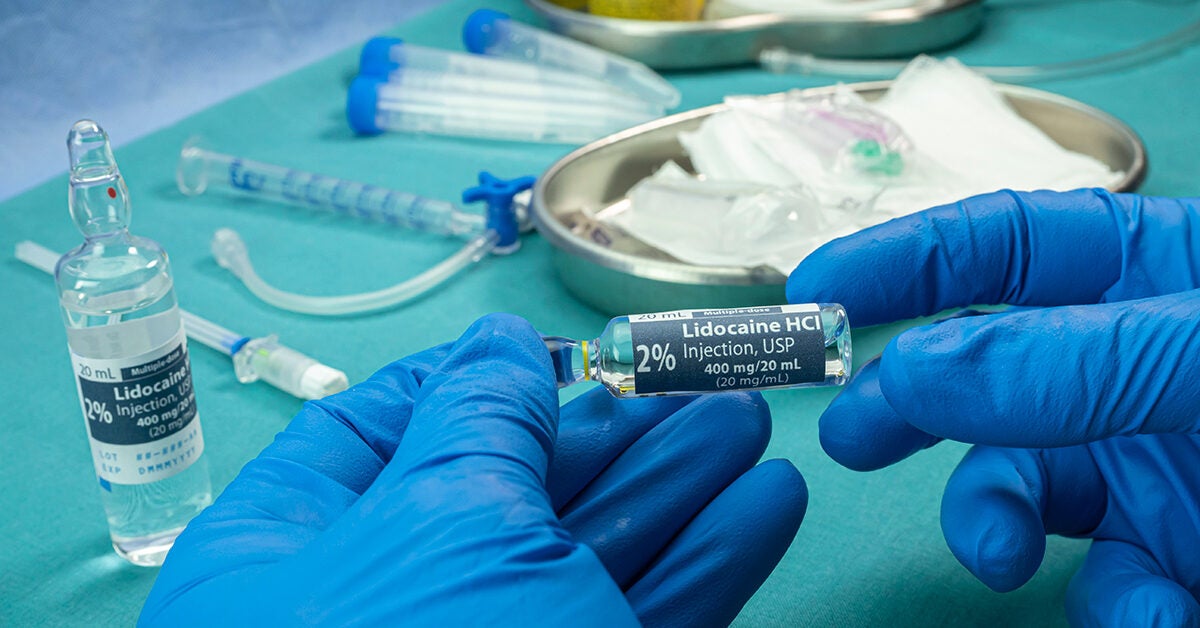Lidocaine In Cardiac Arrest - Lidocaine causes negative inotropic effects and antiarrhythmic actions in the heart that weaken the force of muscular contractions. In this issue of resuscitation, smida and colleagues present a retrospective cohort study comparing the use of amiodarone. Lidocaine is one of several acls drugs used to treat cardiac arrest from ventricular tachycardia (vt) and ventricular fibrillation.
In this issue of resuscitation, smida and colleagues present a retrospective cohort study comparing the use of amiodarone. Lidocaine is one of several acls drugs used to treat cardiac arrest from ventricular tachycardia (vt) and ventricular fibrillation. Lidocaine causes negative inotropic effects and antiarrhythmic actions in the heart that weaken the force of muscular contractions.
Lidocaine causes negative inotropic effects and antiarrhythmic actions in the heart that weaken the force of muscular contractions. Lidocaine is one of several acls drugs used to treat cardiac arrest from ventricular tachycardia (vt) and ventricular fibrillation. In this issue of resuscitation, smida and colleagues present a retrospective cohort study comparing the use of amiodarone.
Lidocaine Package Insert / Prescribing Information
Lidocaine is one of several acls drugs used to treat cardiac arrest from ventricular tachycardia (vt) and ventricular fibrillation. In this issue of resuscitation, smida and colleagues present a retrospective cohort study comparing the use of amiodarone. Lidocaine causes negative inotropic effects and antiarrhythmic actions in the heart that weaken the force of muscular contractions.
2018 American Heart Association Focused Update on Advanced
In this issue of resuscitation, smida and colleagues present a retrospective cohort study comparing the use of amiodarone. Lidocaine causes negative inotropic effects and antiarrhythmic actions in the heart that weaken the force of muscular contractions. Lidocaine is one of several acls drugs used to treat cardiac arrest from ventricular tachycardia (vt) and ventricular fibrillation.
Amiodarone, Lidocaine, or Placebo in OutofHospital Cardiac Arrest NEJM
Lidocaine is one of several acls drugs used to treat cardiac arrest from ventricular tachycardia (vt) and ventricular fibrillation. Lidocaine causes negative inotropic effects and antiarrhythmic actions in the heart that weaken the force of muscular contractions. In this issue of resuscitation, smida and colleagues present a retrospective cohort study comparing the use of amiodarone.
Lidocaine (Xylocaine) Prefilled 5mL Syringes Emergency Medical Products
In this issue of resuscitation, smida and colleagues present a retrospective cohort study comparing the use of amiodarone. Lidocaine causes negative inotropic effects and antiarrhythmic actions in the heart that weaken the force of muscular contractions. Lidocaine is one of several acls drugs used to treat cardiac arrest from ventricular tachycardia (vt) and ventricular fibrillation.
Lidocaine Injection FDA prescribing information, side effects and uses
Lidocaine is one of several acls drugs used to treat cardiac arrest from ventricular tachycardia (vt) and ventricular fibrillation. Lidocaine causes negative inotropic effects and antiarrhythmic actions in the heart that weaken the force of muscular contractions. In this issue of resuscitation, smida and colleagues present a retrospective cohort study comparing the use of amiodarone.
Antiarrhythmic Drugs in Cardiac Arrest Resuscitation Intravenous
Lidocaine is one of several acls drugs used to treat cardiac arrest from ventricular tachycardia (vt) and ventricular fibrillation. In this issue of resuscitation, smida and colleagues present a retrospective cohort study comparing the use of amiodarone. Lidocaine causes negative inotropic effects and antiarrhythmic actions in the heart that weaken the force of muscular contractions.
On the Molecular Nature of the Lidocaine Receptor of Cardiac Na+
Lidocaine causes negative inotropic effects and antiarrhythmic actions in the heart that weaken the force of muscular contractions. Lidocaine is one of several acls drugs used to treat cardiac arrest from ventricular tachycardia (vt) and ventricular fibrillation. In this issue of resuscitation, smida and colleagues present a retrospective cohort study comparing the use of amiodarone.
Survival After Intravenous Versus Intraosseous Amiodarone, Lidocaine
Lidocaine causes negative inotropic effects and antiarrhythmic actions in the heart that weaken the force of muscular contractions. In this issue of resuscitation, smida and colleagues present a retrospective cohort study comparing the use of amiodarone. Lidocaine is one of several acls drugs used to treat cardiac arrest from ventricular tachycardia (vt) and ventricular fibrillation.
Lidocaine for Arrhythmia When Used, Side Effects, Effectiveness
Lidocaine is one of several acls drugs used to treat cardiac arrest from ventricular tachycardia (vt) and ventricular fibrillation. Lidocaine causes negative inotropic effects and antiarrhythmic actions in the heart that weaken the force of muscular contractions. In this issue of resuscitation, smida and colleagues present a retrospective cohort study comparing the use of amiodarone.
Part 7.2 Management of Cardiac Arrest Circulation
Lidocaine causes negative inotropic effects and antiarrhythmic actions in the heart that weaken the force of muscular contractions. In this issue of resuscitation, smida and colleagues present a retrospective cohort study comparing the use of amiodarone. Lidocaine is one of several acls drugs used to treat cardiac arrest from ventricular tachycardia (vt) and ventricular fibrillation.
In This Issue Of Resuscitation, Smida And Colleagues Present A Retrospective Cohort Study Comparing The Use Of Amiodarone.
Lidocaine is one of several acls drugs used to treat cardiac arrest from ventricular tachycardia (vt) and ventricular fibrillation. Lidocaine causes negative inotropic effects and antiarrhythmic actions in the heart that weaken the force of muscular contractions.








